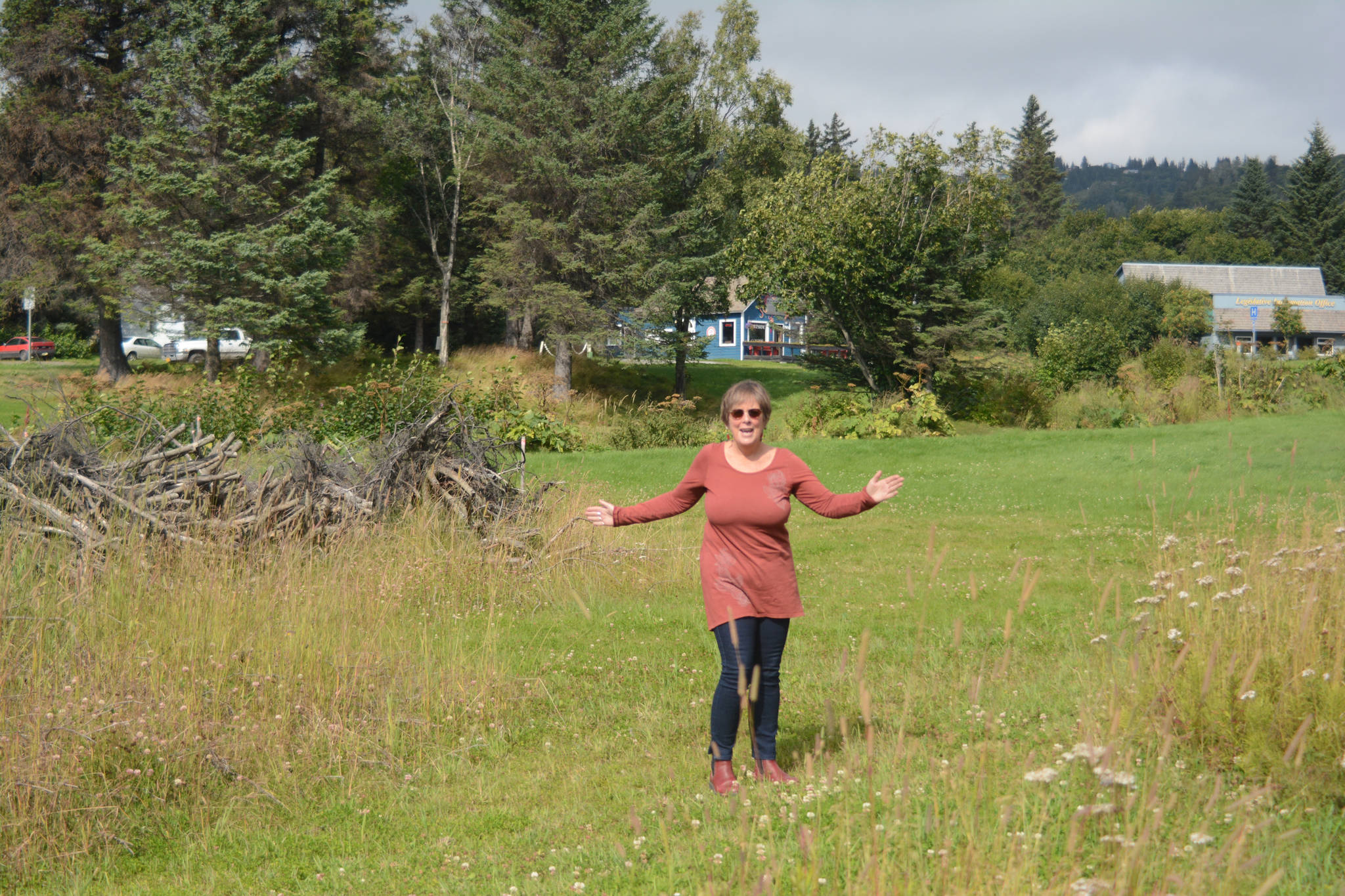Over the past few years, the Homer Council on the Arts has been exploring and raising money for a low-tech, seemingly simple way to fulfill a long-standing dream of the arts and culture community — build a 150- to 200-seat performing arts center.
HCOA proposed buying and installing a 50-feet yurt on the back side of its Pioneer Avenue property that would have portable bathrooms.
But when director Peggy Paver pitched the idea to the M.J. Murdock Charitable Trust, that had shown initial support, HCOA’s small dream got dashed.
Dream bigger, fund officials said.
After two years of planning, fundraising and grant writing, HCOA had a $130,500 Rasmuson Foundation grant and commitments in funding from supporters. Murdock showed interest in what HCOA calls the Mary Epperson Performing Arts Center.
The idea was three for three by Murdock’s standards: a project in rural Alaska for the arts, but there was one small catch.
“Honestly, we don’t want to fund a temporary facility with an outhouse,” Paver said she was told. “I’ve been working on this for two years and the rug got pulled out from under me.”
HCOA has now scrapped the yurt idea and embraced a new vision, a permanent center with a solid foundation and, yes, indoor plumbing. Paver said the current idea is for a timber frame structure. While the yurt idea had merit as a short-term fix, it ran into issues many commercial buildings face, and the reason public buildings can’t just be big steel barns. The price for the yurt kept going up with required things like heating and ventilation systems and thicker insulation.
“Once it got to be $500,000 I started balking,” Paver said.
For a more permanent building with a cost of $250 to $300 a square foot, a 3,000-square-foot building would run $750,000 to $900,000. Murdock officials told Paver that with the right project, it could potentially fund half the cost. The price tag also includes what she calls “soft costs,” things like site engineering.
“We need practical, hands-on support with in-kind donations and with the design,” Paver said.
Paver envisions a high-ceiling building with a flat stage and movable seating that would allow the space to be used for everything from concerts to classes. Something like aerial silk or circus arts could be taught in the center.
It also would fill a hole in the arts scene between small, intimate performance spaces like at HCOA and Bunnell Street Arts Center and the 450-seat Mariner Theatre. A 150- or 200-seat auditorium would allow for events that might not fill the Mariner but are too big for a 50-seat venue.
The Epperson PAC also would be open for community events like political debates, town meetings or even weddings and funerals. Rentals would help pay for the cost, Paver said.
“There’s so much we can offer if we had that space,” she said. “…I think it’s exciting. The possibilities are huge.”
With the yurt idea scrapped, HCOA will retool its approach to coming up with a rough design of the Epperson PAC.
Standing behind the current office and gallery space, Paver pointed to a field between the back side of the building and Save-U-More to the east.
The building could fit somewhere in there. It’s a problematic site, with fill from Pioneer Avenue construction projects.
A capital campaign will be launched when there’s a design.
“I want a design and a budget,” Paver said.
For more on the Homer Council on the Arts and its programs — and how to help — visit www.homerart.org.
Reach Michael Armstrong at marmstrong@homernews.com.


